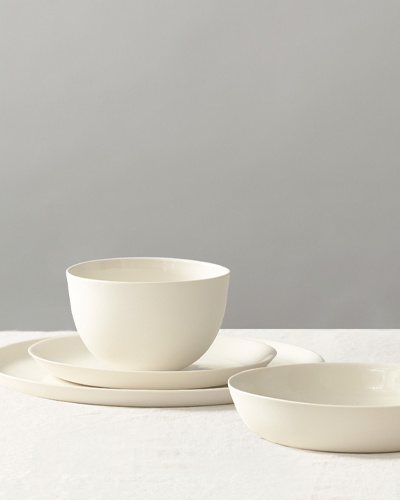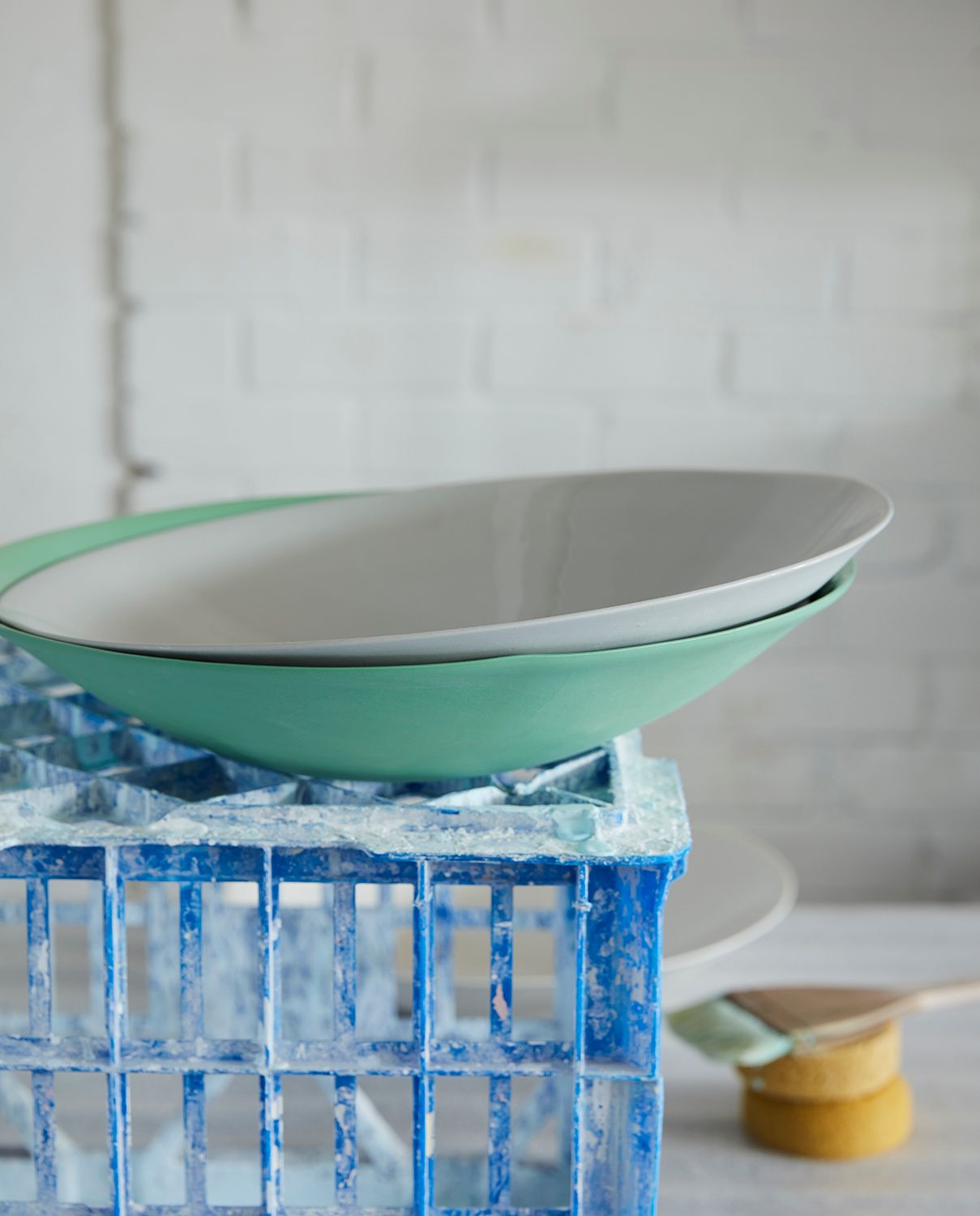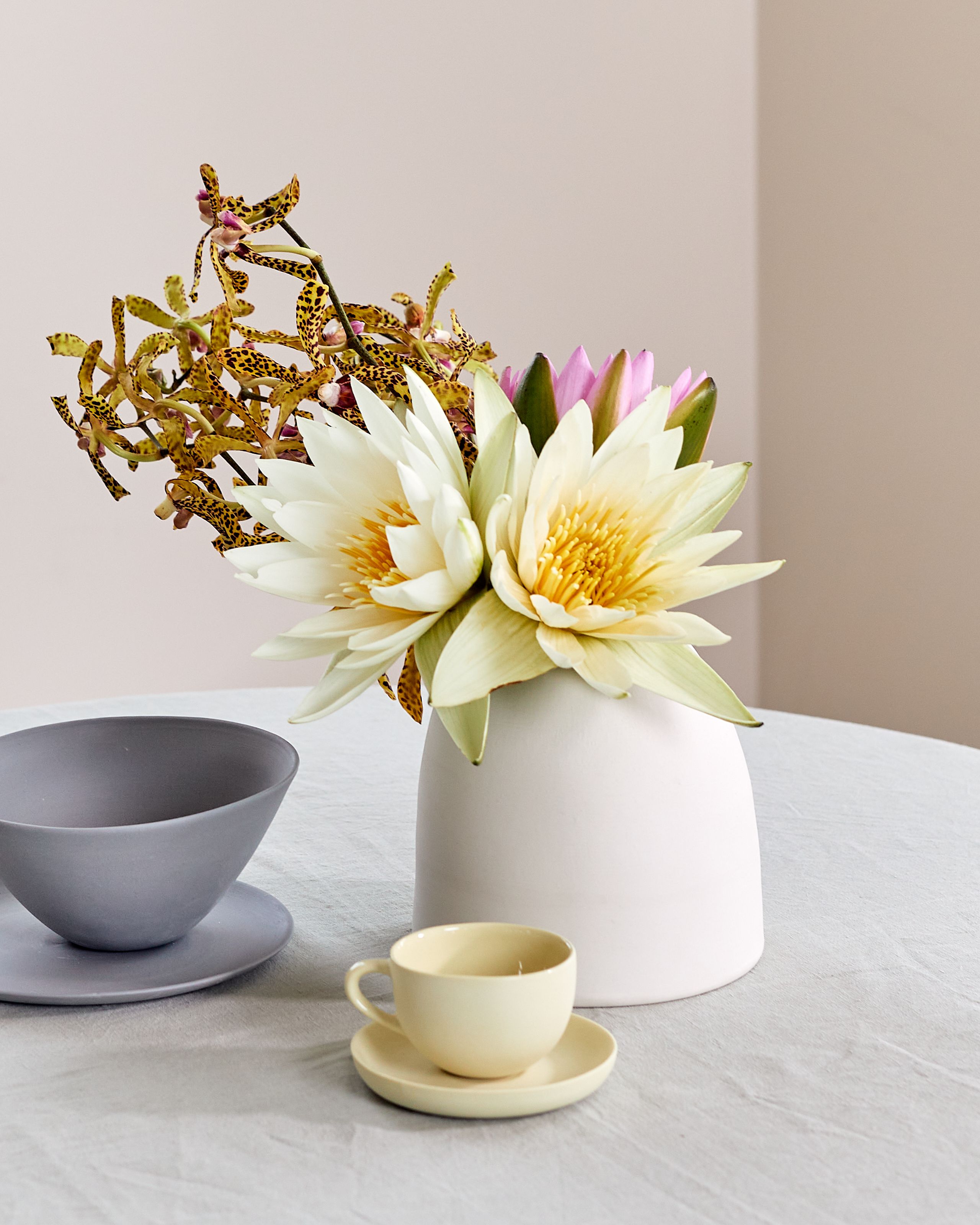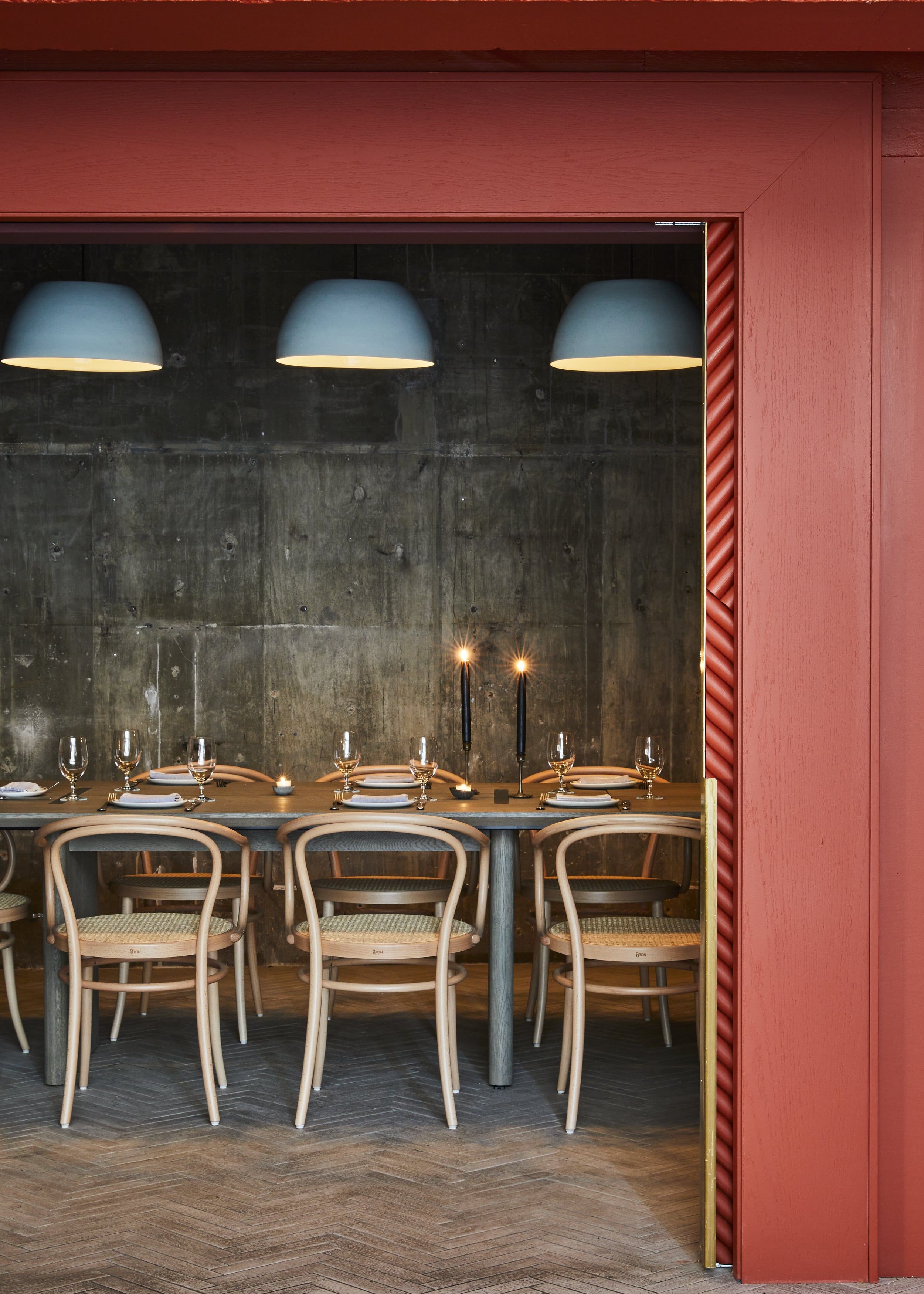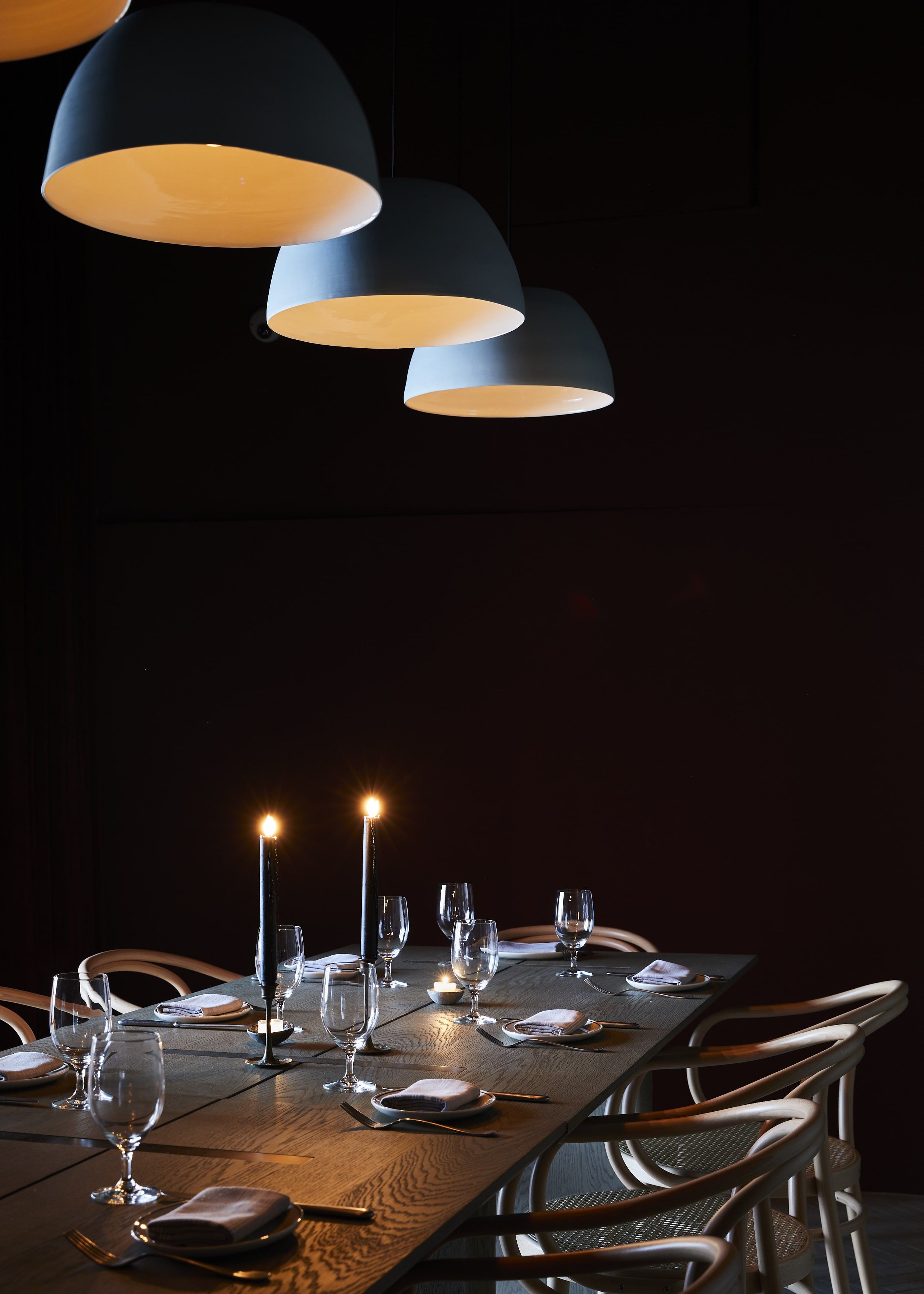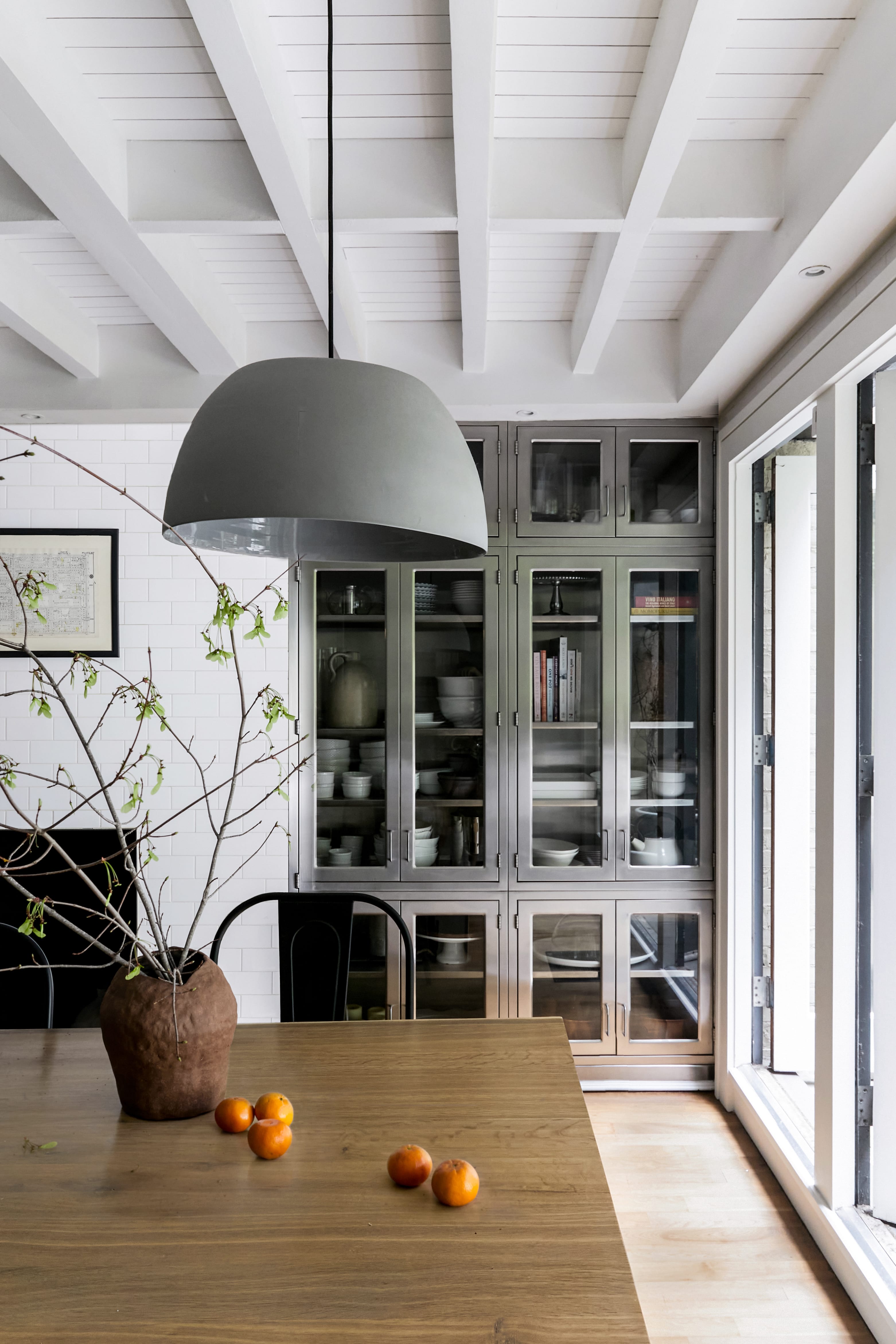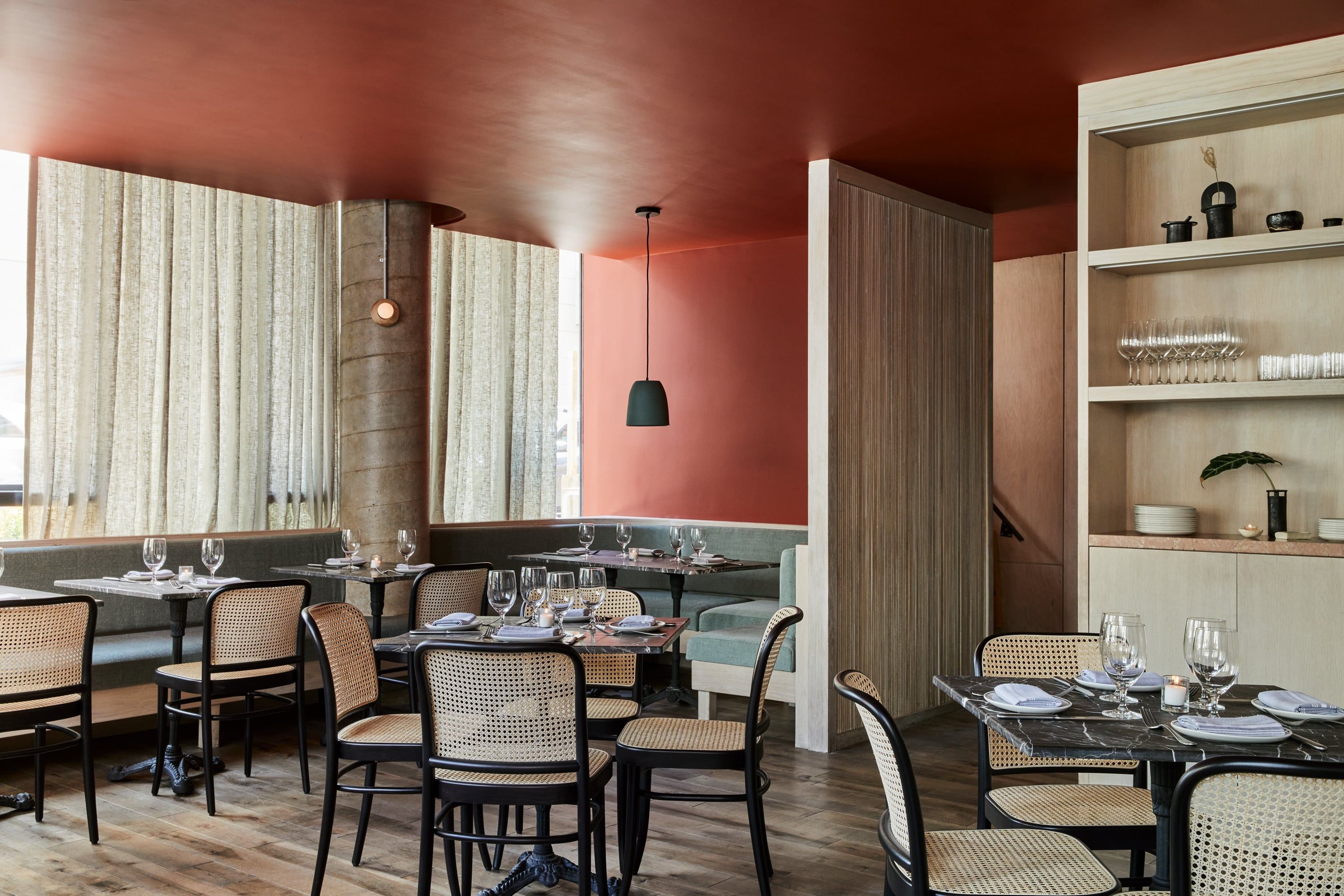Since 1994, Mud Australia has created elegant and timeless porcelain homewares. AU
The original Mud Australia store opened in Woollahra in 2007. Since then we’ve opened 12 stores globally.
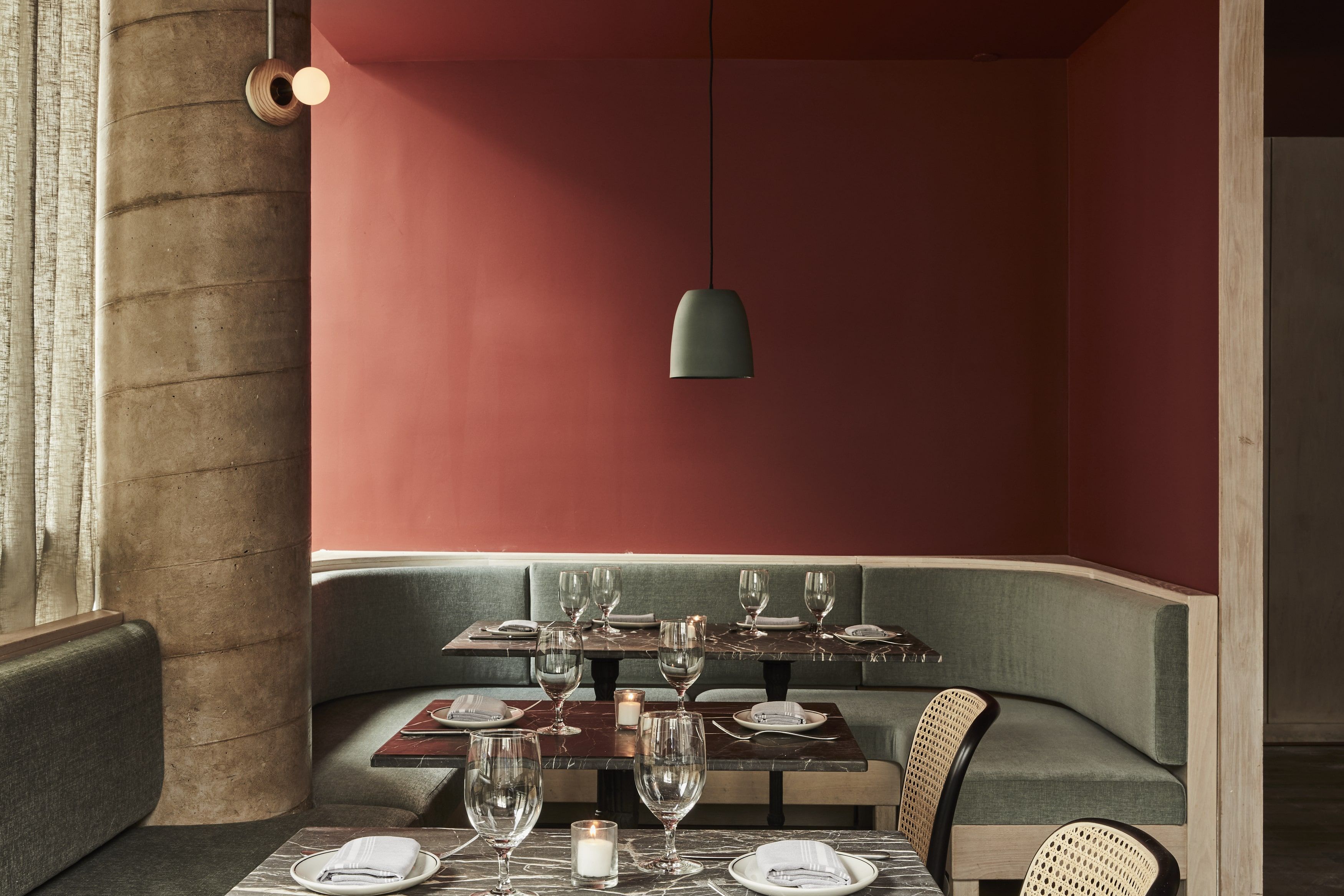
Design plays a significant role in shaping our day to day experiences.
We all appreciate good design, but sometimes overlook the psychology, intent and impact behind the design decisions.
To dig a little deeper on design psychology, we speak with Melissa Lee and Erika Chou from Bespoke only — a New York City based multidisciplinary design firm specialising in creating spaces and experiences with a modern approach to understated luxury.
Photography by Judy Pak and Nicole Franzen.
Hi Melissa and Erika, thanks for joining us today. To kick off, can you tell us more about respective backstories and how you started Bespoke Only?
Melissa: Instead of traditional design training, my academic background was in cognitive psychology. The science behind how people think and act continues to influence the way I approach design till this day. It’s ultimately the curiosity of another's life that brought me to this path. Interior design has served as a vehicle for me to experiment different ways of living and attempt to decipher the common threads that bring harmony into human life.
Erika: Similarly, my background isn’t in interior design, but rather in fine arts and coincidentally, cognitive psychology. My upbringing was not very traditional having been homeschooled, but it was highly influential in how I approach work and life. Being able to travel abroad and live in various countries throughout my formative years really helped develop an open mind and fluid approach to things, with less emphasis on what is considered “standard.” As such, I have delved into creative expressions in my career through fashion, hospitality, and ultimately interior design at Bespoke Only after meeting Melissa through a mutual friend many years ago!
What is fundamental to your practice – your philosophy and your process?
We believe a space is to be felt, rather than looked at. The way we approach design is intuitive and interactive. We do not set out to create a perfect showroom but an inimitable space that is truthful to the inhabitants and their own narratives. We believe design is never “done” - a space is to be viewed as a living thing - it’s expected to grow and to be grown into.
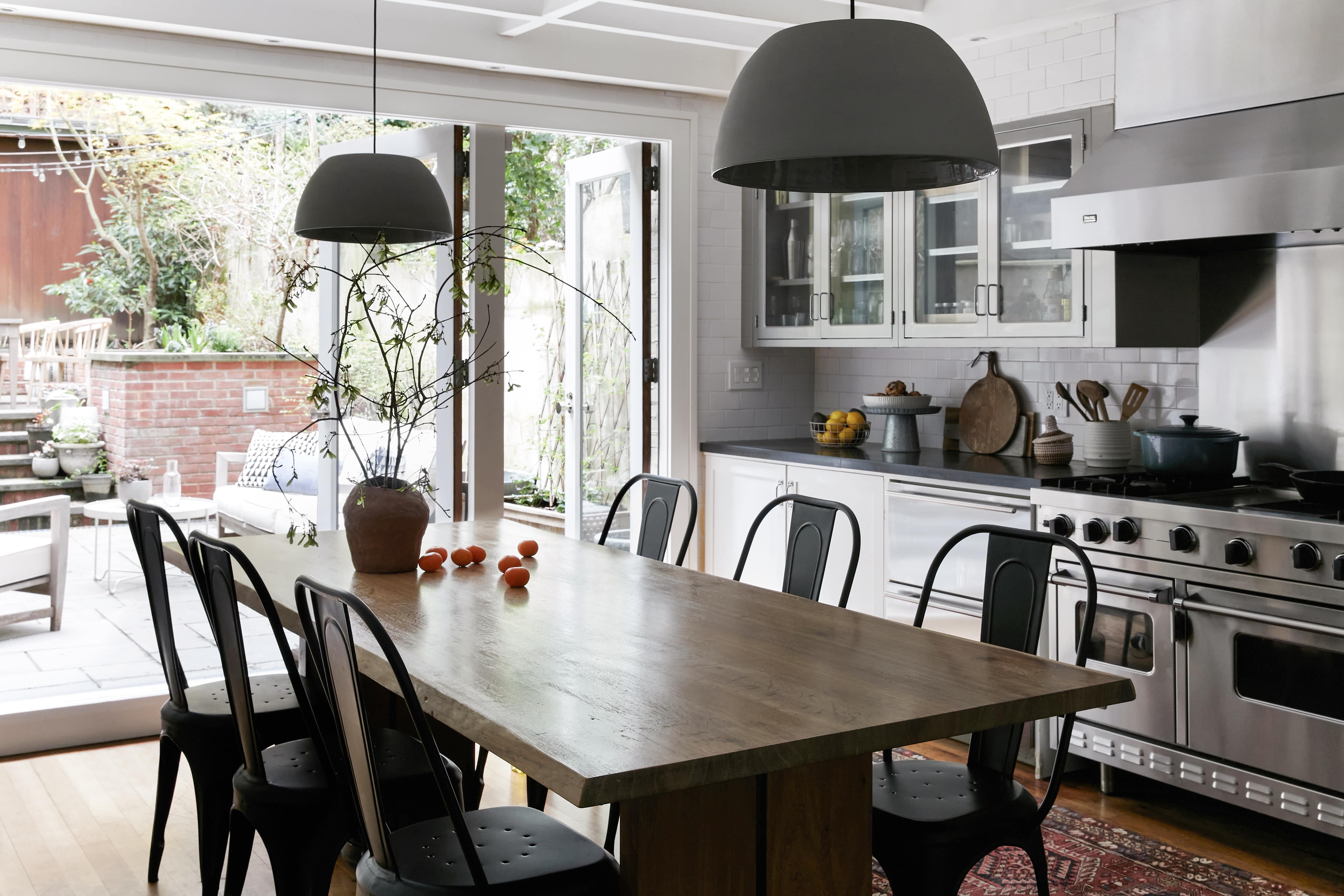
Pictured Wide Dome Lights in Ash.
How does your background in cognitive psychology influence your design decisions?
Melissa: I find myself constantly intrigued by how a space can conjure feelings and how design can subtlety influence our behavior, moods and interactions on a subconscious level. That part is really interesting to me - how we can plant a series of subtle hints linked to a certain happy place or fond memories that belong to the individual and create an unreplicable transportive experience.
Can you tell us a little more about how you approach a new project and steps you take to inform your design decisions?
For us, design takes equal parts observation and intuition. We try to bring an open mind with a humble mindset when we first come to every new project. I think it’s often quite clear what the space desires once you remove your own ego and agenda. What’s left to do is to bridge the different needs between the space and the people, and I think we hold a responsibility to both parties to make it right.
What are some of your main sources of inspiration? Are there any specific references you are drawn to regularly?
Melissa: I really like set design. It's a glance of an imaginary world with a clear narrative - be it fictional or not. I just love both the imagination and the historical part of it. Often it’s the small details in the background that really complete the picture of who the characters are and their lives. It almost feels a bit like sleuthing to decode these clues.
Erika: Inspiration often comes to me through emotions conjured by music and movies, like compiling moments rather than just visual cues. I’m also very drawn to dining experiences and seeing the details of how everything comes together - from the weight of the fork to the texture of linens and the presentation of dishes. However, if I had to pick a book that I’m regularly drawn to, it would be Francois Halard: A Visual Education.
Tell us more about the role negative space plays in your projects?
The negative space allows room for growth and evolution. It’s to recognize human life is ever evolving and organic, but not a meticulously posed still life. We are also firm believers that breathing room is what brings us that sense of ease.
Pictured Wide Dome Lights in Mist.
How do you design for the growth and evolution of your clients homes?
We anticipate changes in life itself and design to embrace it with sustainability in mind. One of Bespoke Only's principles is investing in pieces you love and they will always find a home no matter where you are.
Here’s a great example: when we worked with these repeat clients on their latest move, we wanted to reintroduce existing furniture strategically, to ease the transition into a new home. We imagined a reincarnation from the owner's past residences (two of which were also designed by Bespoke Only) to form a sense of continuity, another chapter created with the treasured memories that come with each piece. At the end, everything fits right at home and is at once, intimate and familiar. The inherited and collected reflect your personal journey as an individual and a family - these are the things that make a house home.
Can you fill us in on some recent projects you have worked on?
Earlier this year, our project Kimika, a Japanese-Italian restaurant based in Nolita, New York City was nominated for Best New Restaurant of James Beard Award. We’re so proud of what the team has achieved from opening at the height of the pandemic to continuously working through the numerous new challenges during these unprecedented times.
To balance the characteristics of the restaurant’s home in Nolita, a unique blend of contemporary and grunge, we introduced furnishing and finishes made of natural materials to create a space that harbors intimacy and provides a moment of stillness for the urban diners. We particularly loved the private dining room - a row of Wide Dome Pendant Lights in Mist cast a soft glow against the soaring concrete wall and plush velvet drape - a balancing act of humanity and tactility.
It’s probably worth mentioning that the same pendant was used at the aforementioned clients’ home. It’s a classic limestone in the Upper East Side, a vastly different setting from Kimika. The Wide Dome Pendant’s matte glaze and ceramic texture gave the kitchen just the right amount of warmth (saving it from being demolished in fact - the owners were determined to remodel the kitchen entirely until we convinced them all it needed was just a lick of paint and the right fixtures). It really completed it as the hearth of the home.
What’s next for Bespoke Only?
Recently, we just finished printing the first volume of Bespoke Only monograph, featuring a collection of select projects, which is really exciting. As for projects in the pipeline, we’re particularly fond of a sweet little cottage in the Berkshires that will serve as the home for a seasonal artist residency program. It’s been such a fun ride to work with our friend, who’s the owner of the sponsoring gallery, sourcing through Europe and the Northeast for some of the most lovely antique furniture and fixtures.
Pictured Wide Dome Lights in Mist and Ash and Dome Light in Ash.
Bespoke Only’s fast five questions:
1. What are you reading right now?
Melissa: Two Years Eight Months and Twenty-Eight Nights by Salman Rushdie.
Erika: How Toddler’s Thrive, by Tovah P. Klein PhD.
2. What colour are you drawn to and why?
Melissa: Lately I’m very into forest green. It’s rich, calming yet unassuming. In fact, I generally enjoy most greens.
Erika: Currently I have been drawn to interesting browns with either dark purple or yellow ochre undertones. I find them challenging yet pleasing and transmutable.
3. What gets you out of bed every morning?
Melissa: It sounds awful but frankly, I have a tendency to dream about the unsolved bits from work. So quite literally, I’m often waking up thinking I gotta revisit that drawing right now.
Erika: Honestly, my toddler.
4. What is your favourite item you just can’t live without?
Melissa: My coffee mug. There are many cups and glasses at my home but there’s only one mug that I secretly consider mine. It’s nothing special, a plain old mug but I’ve had it for years. At this point, I’m so used to its unique weight, handfeel and grip - that first cup of morning coffee from my mug is ASMR.
Erika: My Organic Cotton Double Gauze Pajamas by Muji. It is the most perfect weight, softness, and temperature regulator. As you can tell, I am a sensitive sleeper and creature of comfort.
5. What kind of home would be your dream design project?
Melissa: My family used to vacation in Bali regularly before the pandemic. It has been a dream for me to design a Balinese villa out of bamboo, nestled amongst the jungles and rice terraces on the hillside of Ubud.
Erika: My dream home design project would be a take on the traditional si he yuan, a Chinese courtyard home. There is so much to draw from conceptually and historically, plus the consideration of the flow of the space and integration of indoor and outdoor is something that I would love to take my time and work through.
Shop Bespoke Only’s Design Collection
Wide Dome Light
USD 1,220.00
Available in 19 colors
Dome Light
USD 520.00
Available in 19 colors
Eclipse Sconce
USD 990.00
Available in 19 colors
Beaker Cup
USD 50.00
Available in 19 colors
Paris Platter
USD 300.00
Available in 19 colors
Mixing Bowl Large
USD 157.00
Available in 6 colors
Cellar
USD 83.00
Available in 19 colors
Vase Oval Large
USD 211.00
Available in 8 colors
Tea Cup & Saucer Round
USD 95.00
Available in 19 colors
Flared Bowl Extra Large
USD 360.00
Available in 19 colors
